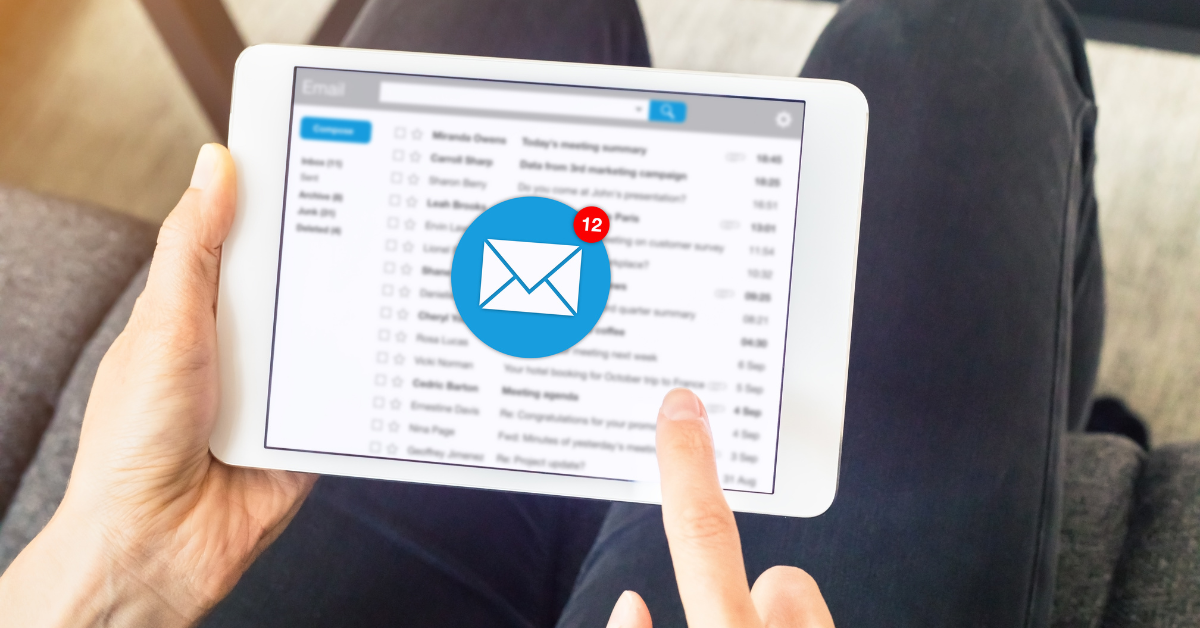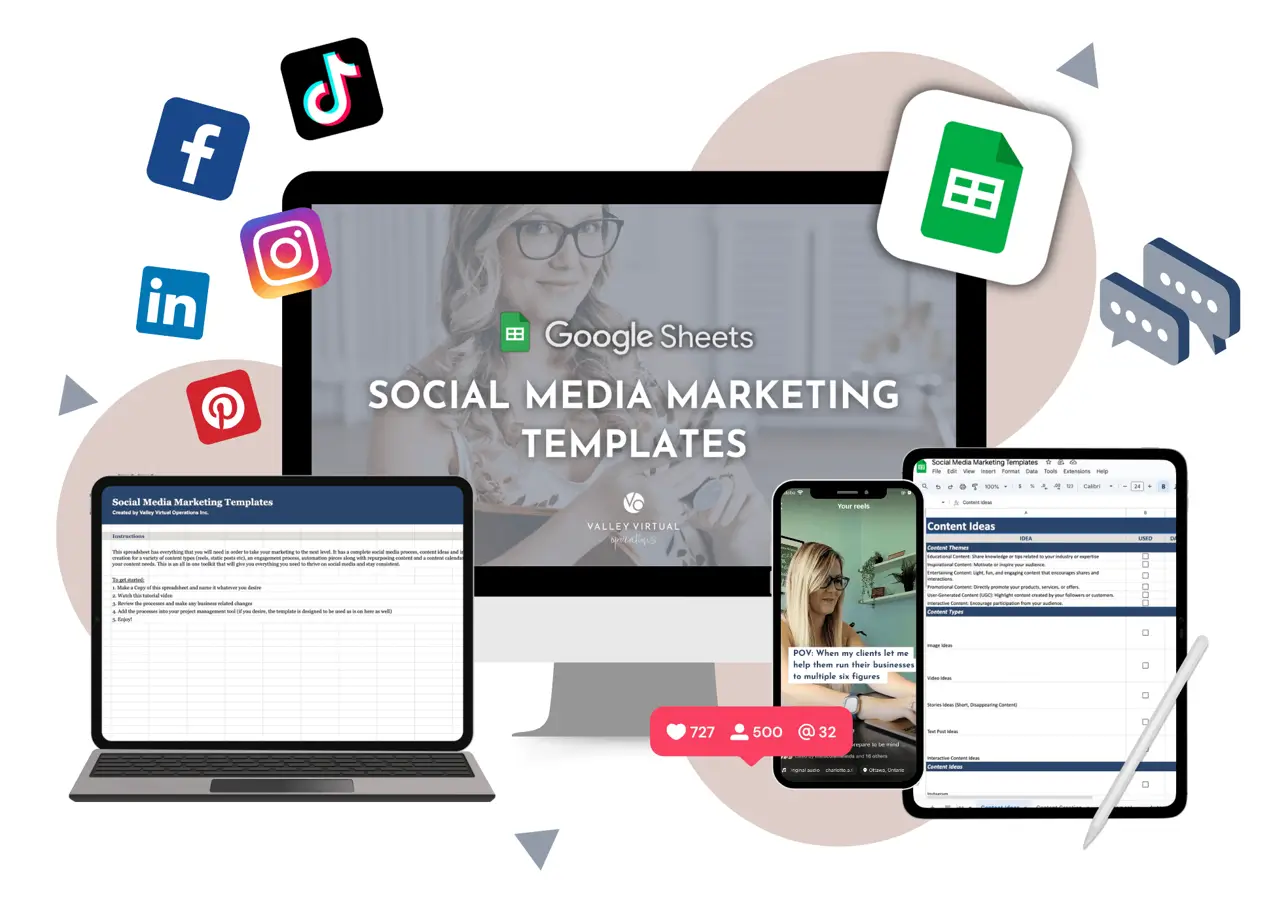Your follow-up process is a vital aspect of your business, and it can be the difference between a successful sale and bitter disappointment.
To drive this point home, here are some facts from Invesp about the importance of a good follow-up process in your business.
- 80% of all sales don’t happen until after five follow-up connections
- 35-50% of all sales go to the business that responds first
- 60% of customers say NO four times before finally saying YES
- 75% of buyers want a business to try 2-4 times to contact them before giving up
- 42% of clients are more encouraged to purchase something if the business contacted them at the agreed-upon date and time
- 57% of clients said they’re more inclined to purchase something when the business doesn’t hassle or pressure them during a follow-up.
It is hard to argue with those numbers. However, I know that sending out email after email with no response can be frustrating, but you must keep at it to see results.
If it’s getting to the point where none of your potential leads are responding, you might need to check your discovery call process for flaws. One leads to the other, so if your client isn’t satisfied with the discovery call, they may not respond to your follow-up.
Otherwise, here are five ways to make your follow-up process more successful.
Be Personal
During the get-to-know-you phase, take note of anything that stands out as interesting or exciting in your client’s life. Then, use that information to your benefit.
For example, maybe they mentioned an upcoming birthday. You can use that information to personalize a special message and schedule it to go out at the appropriate time.
You can also do this with holidays, promotions, family events- anything the client cares about. Not only will they feel special, but it’s also proof that you listen and care about your clients- making them more willing to work with you.
Be Proactive
If you know of any potential issues, objections, or resistance to your offers, try to solve them before they happen. And, if you can’t solve them in a follow-up email, allow the client to voice their issues to you directly. That way, you can find some middle ground that makes everyone happy.
Be Consistent
As I mentioned above, most sales don’t happen until after five (or more) follow-ups. However, you can’t send them out randomly. Instead, try to pick a set time over 6-12 months and schedule your emails accordingly. That way, your clients know when to expect your follow-up messages and won’t be surprised to see them in their inbox.
The caveat here is that if a client has asked you to message them at a different time, told you that they’re not interested, or flat-out told you to stop contacting them- respect it.
Be Friendly and Add Humor
By being friendly and sprinkling in some tasteful humor, you can turn a normal (read: boring) follow-up conversation into something more meaningful. You’ll also make the follow-up process more human, which adds a layer of warmth to your business that most clients will appreciate.
Set Expectations
Make sure everyone is on the same page by setting expectations right away. Something as simple as “Hey, if I don’t hear back from you by (date), then I’ll follow up on (date) at (time).”
That way, they’ll know when to expect your follow-up and have time to consider their options and think of questions.
Alternatively, if they don’t want to hear from you again, it gives them plenty of time to respond.
Final Thoughts
Your follow-up process is essential to making sales, so you want it to be as simple and user-friendly as possible. With these suggestions, you can turn your process into something fresh and appealing that clients will want to respond to.
And trust me- that makes all the difference.







